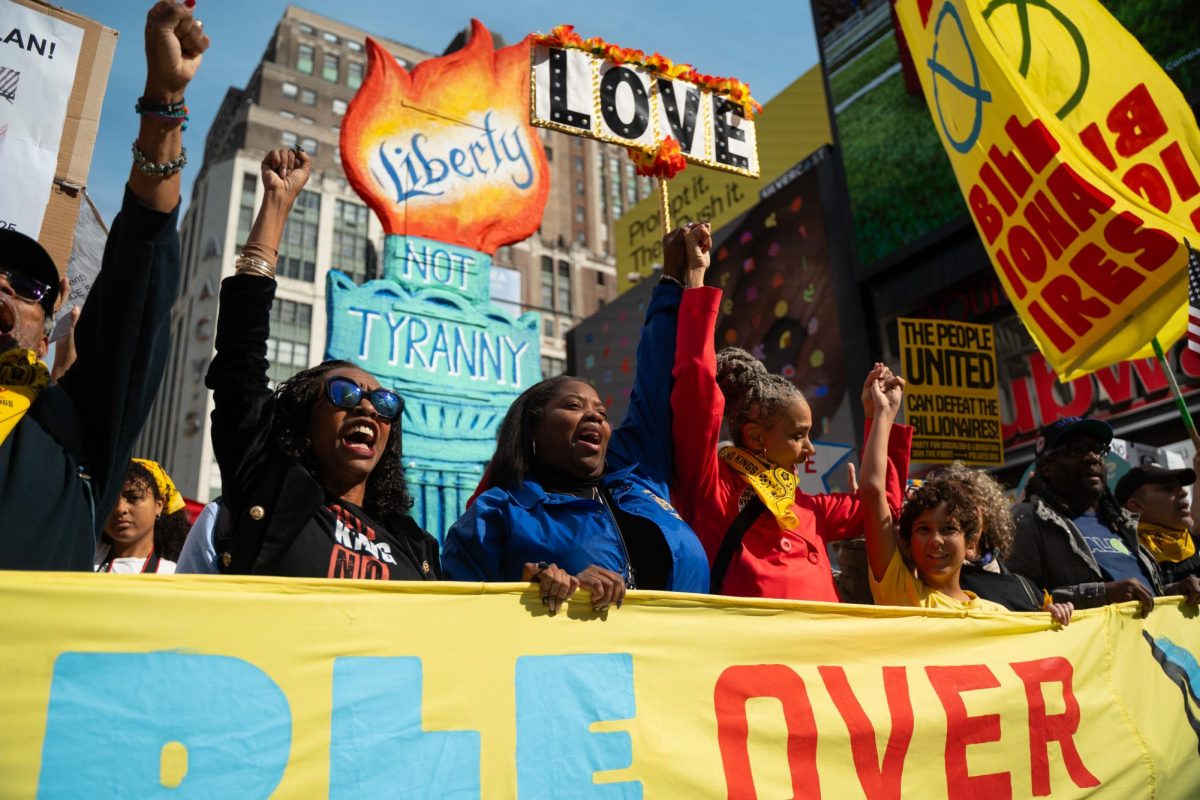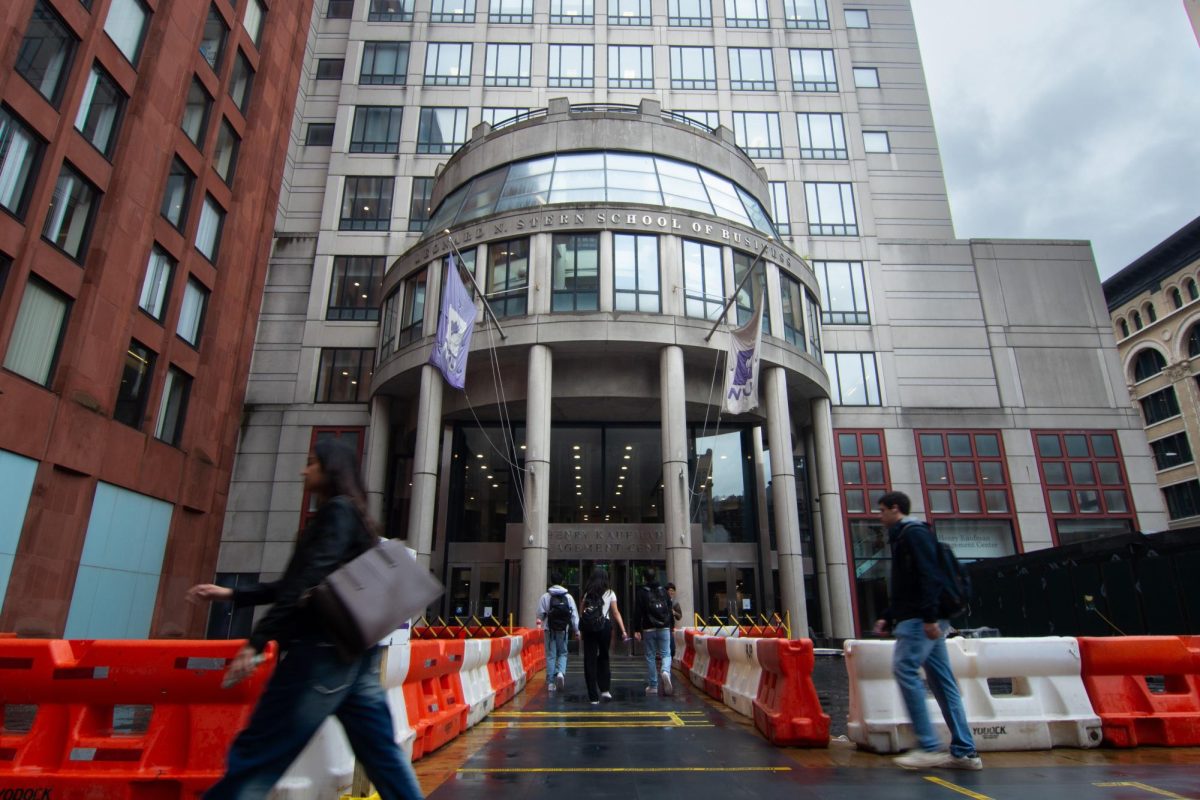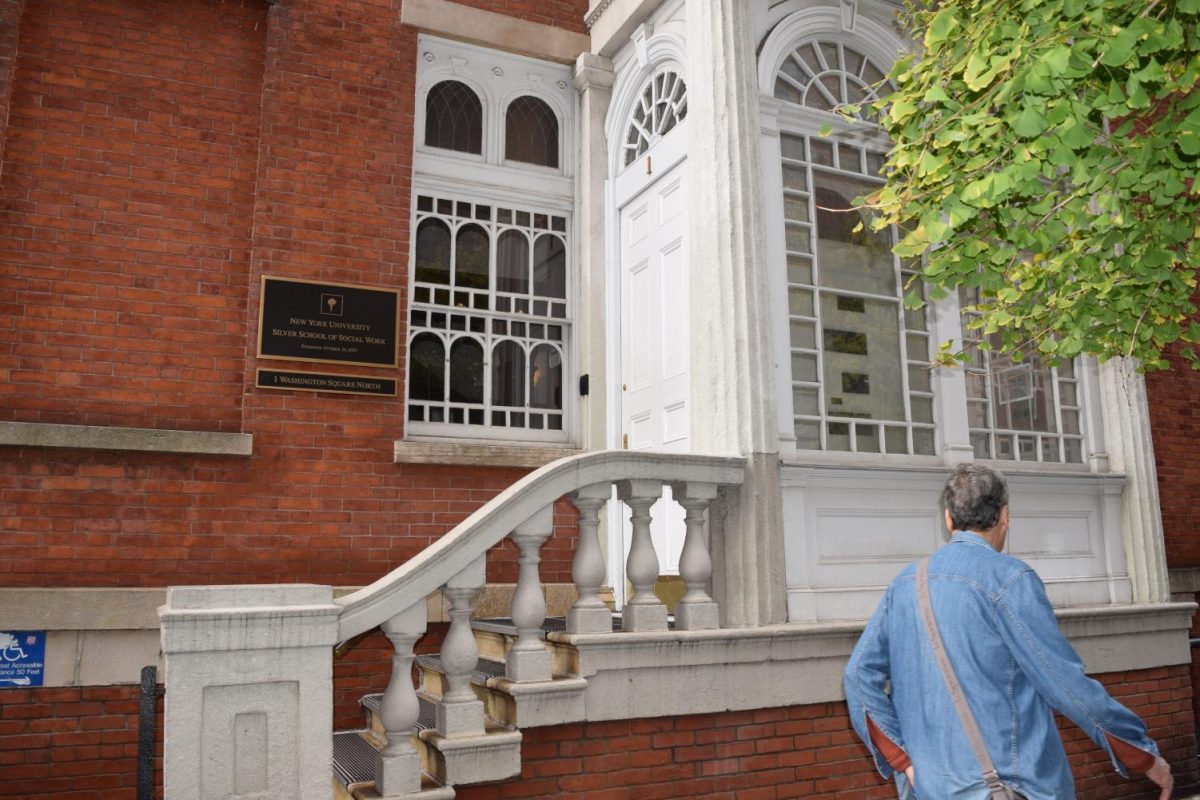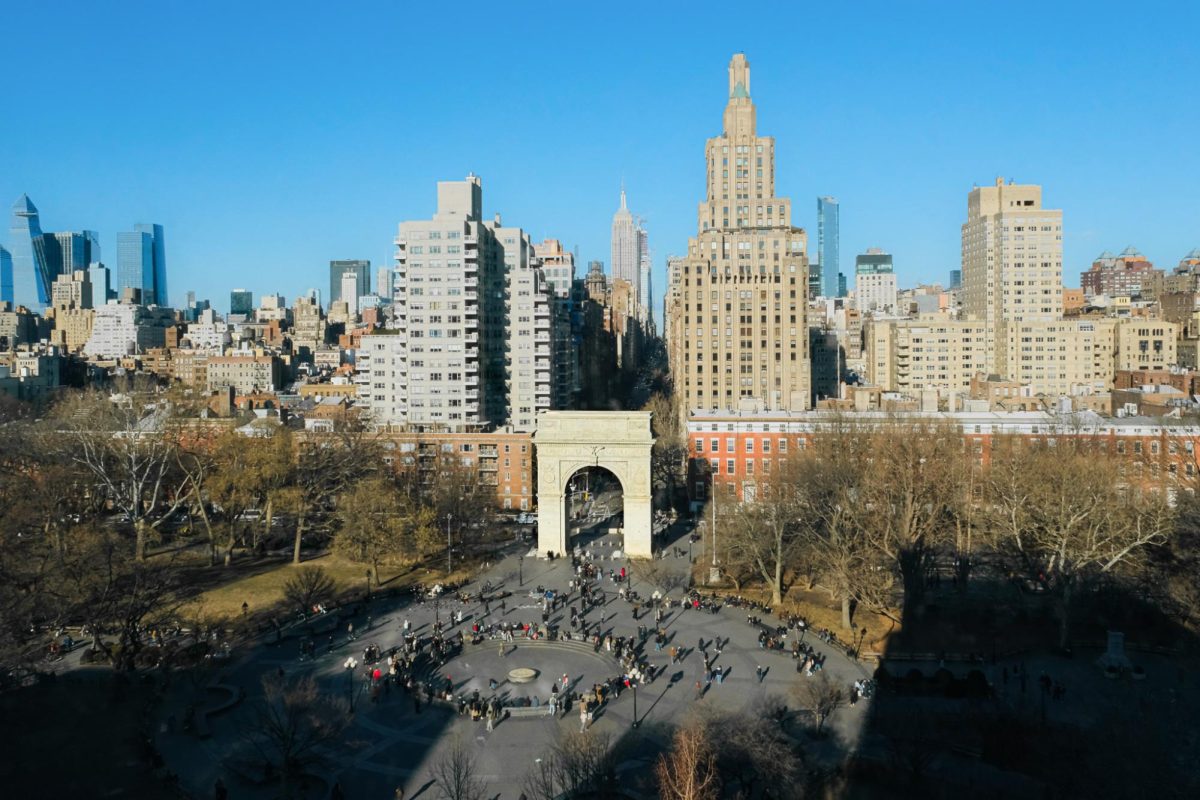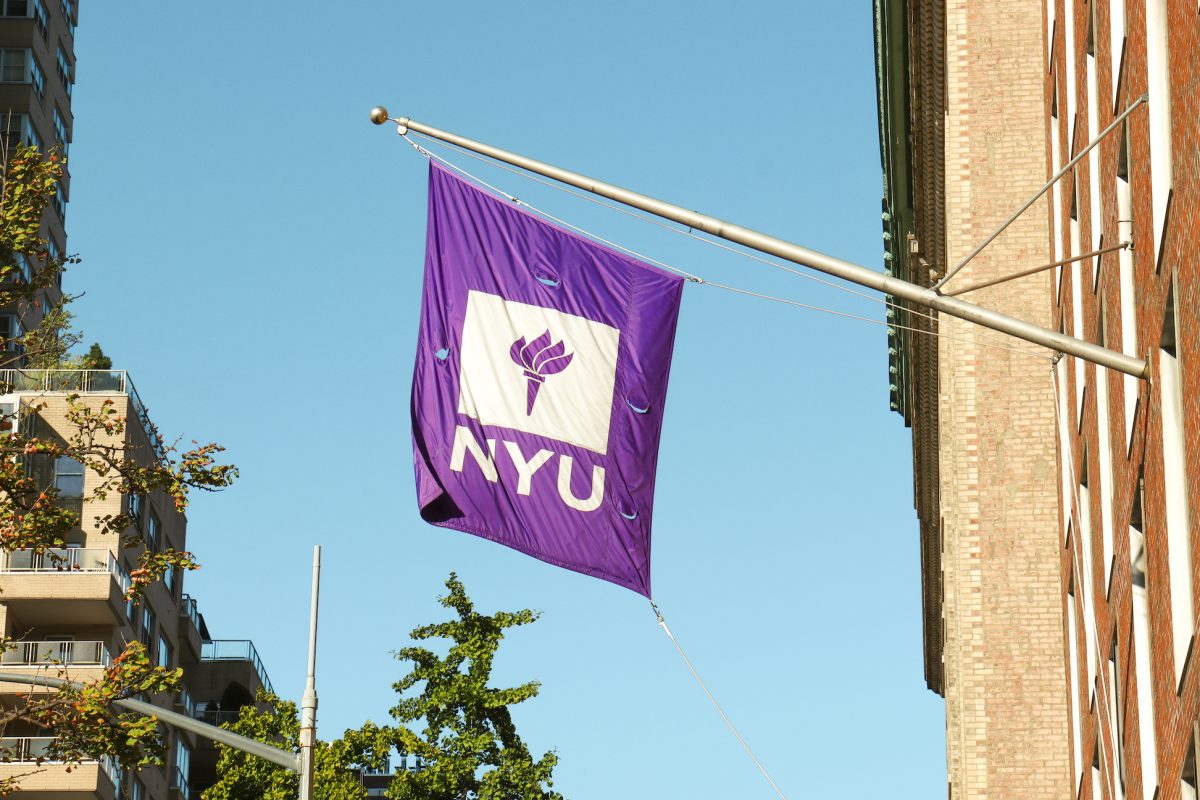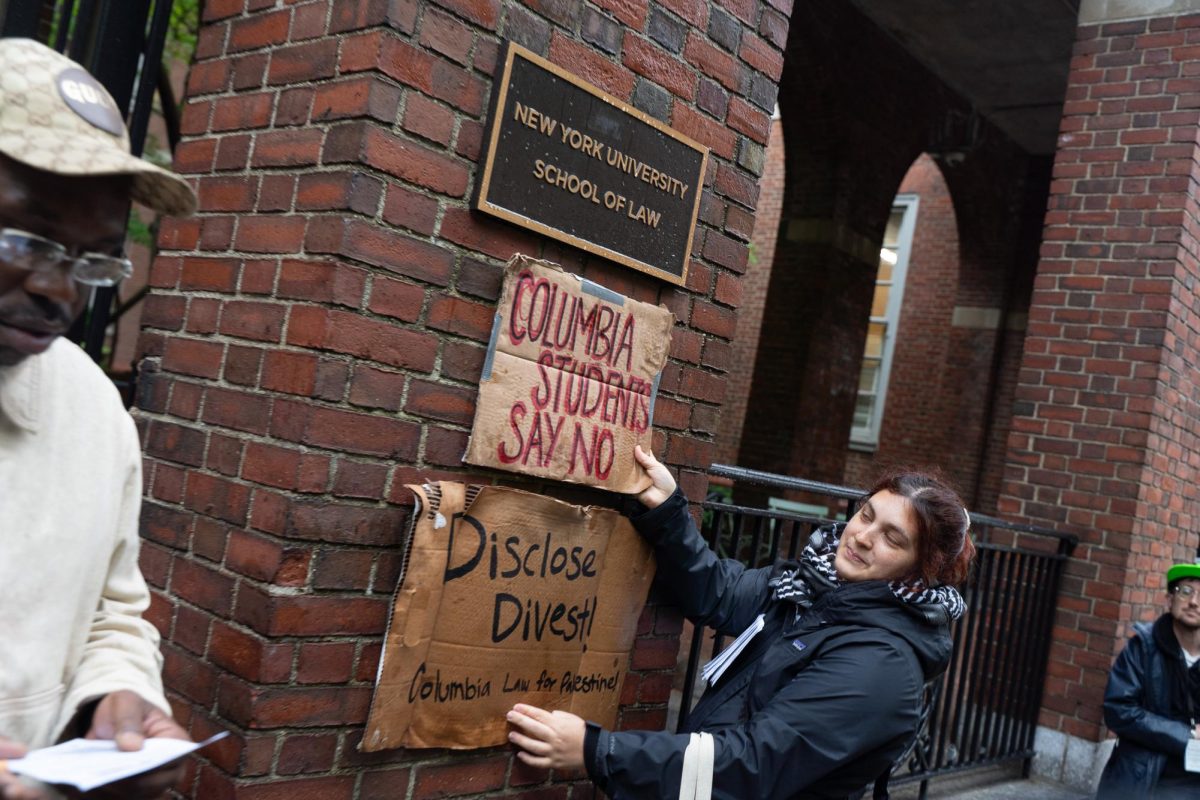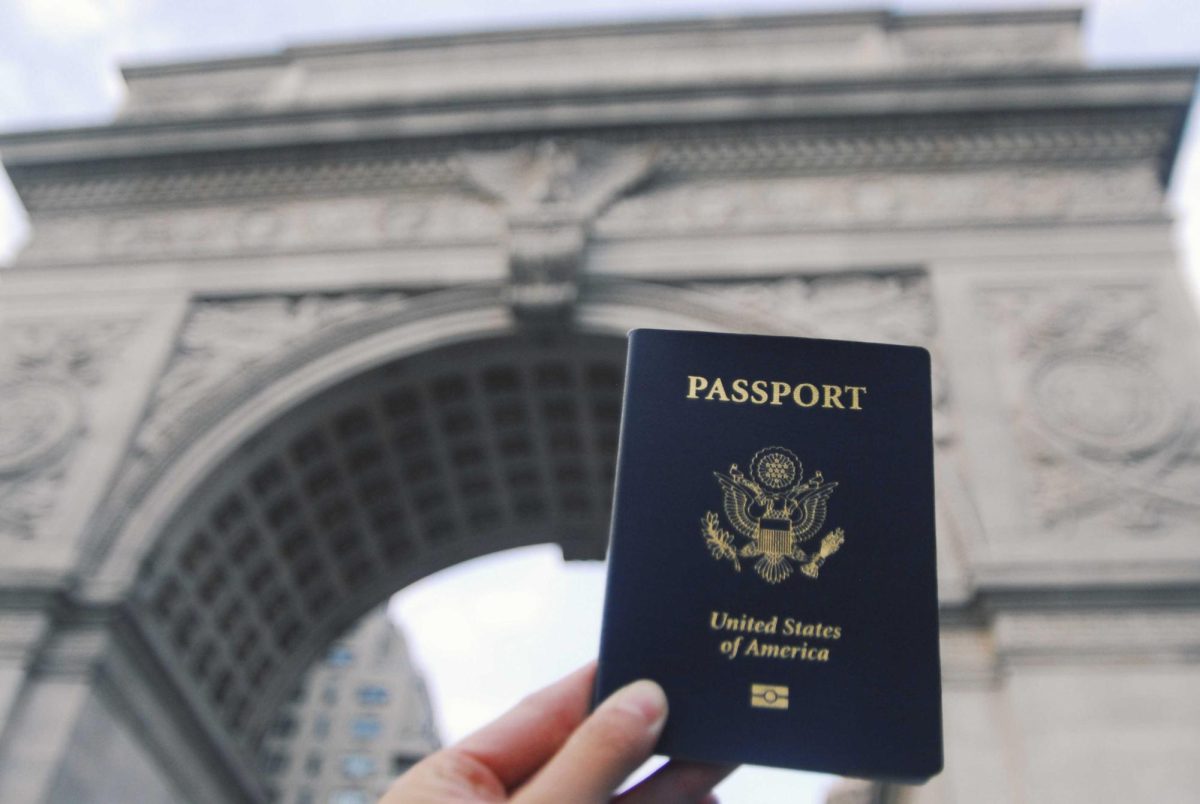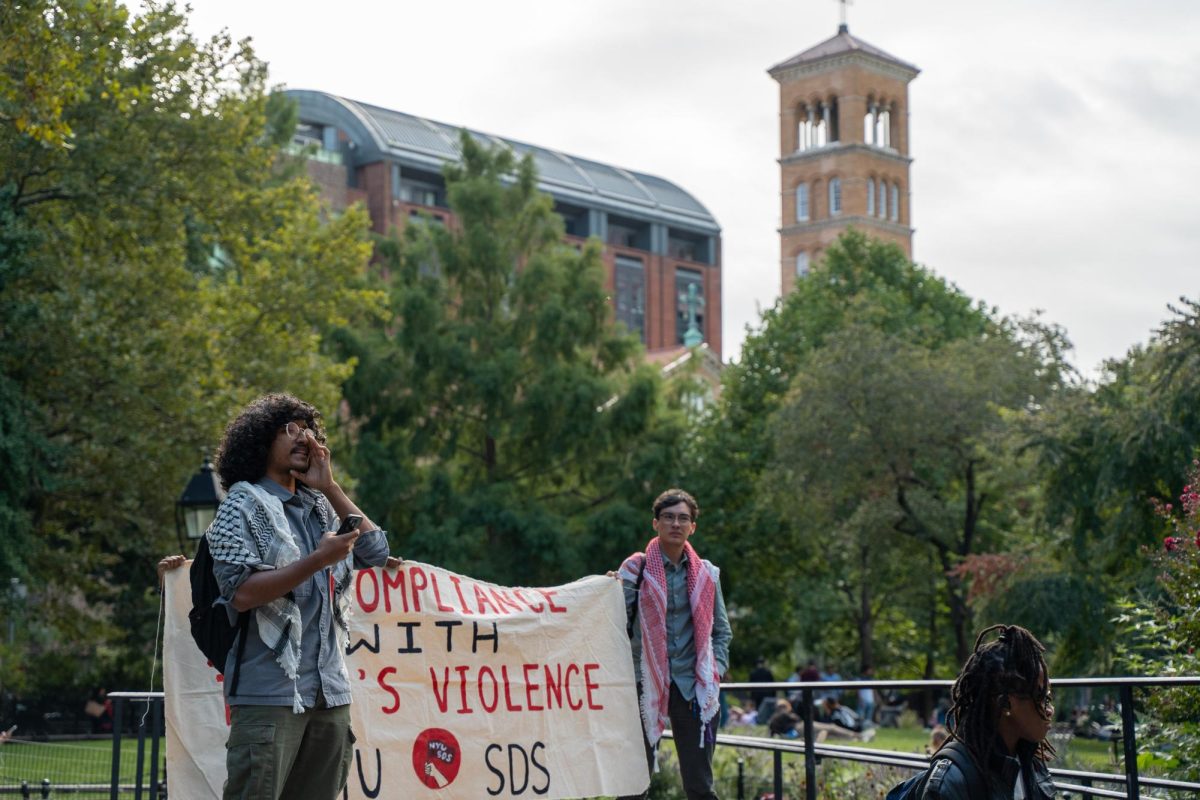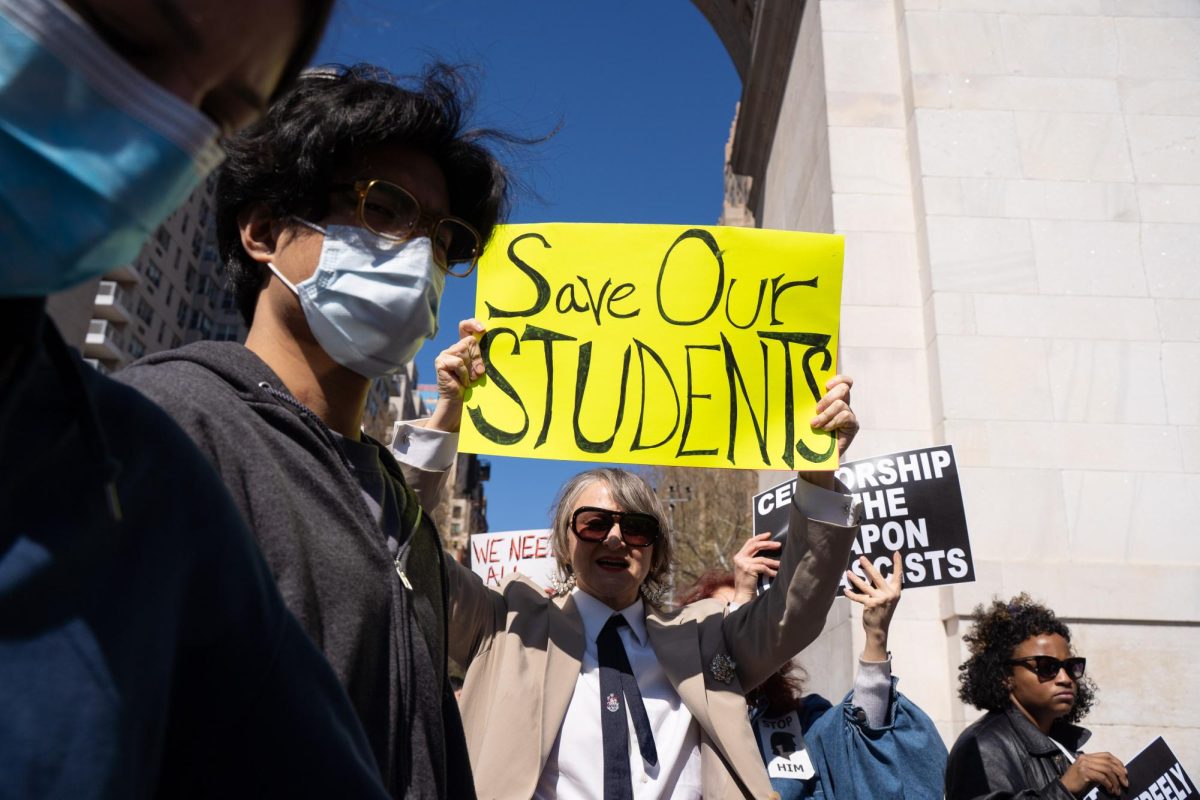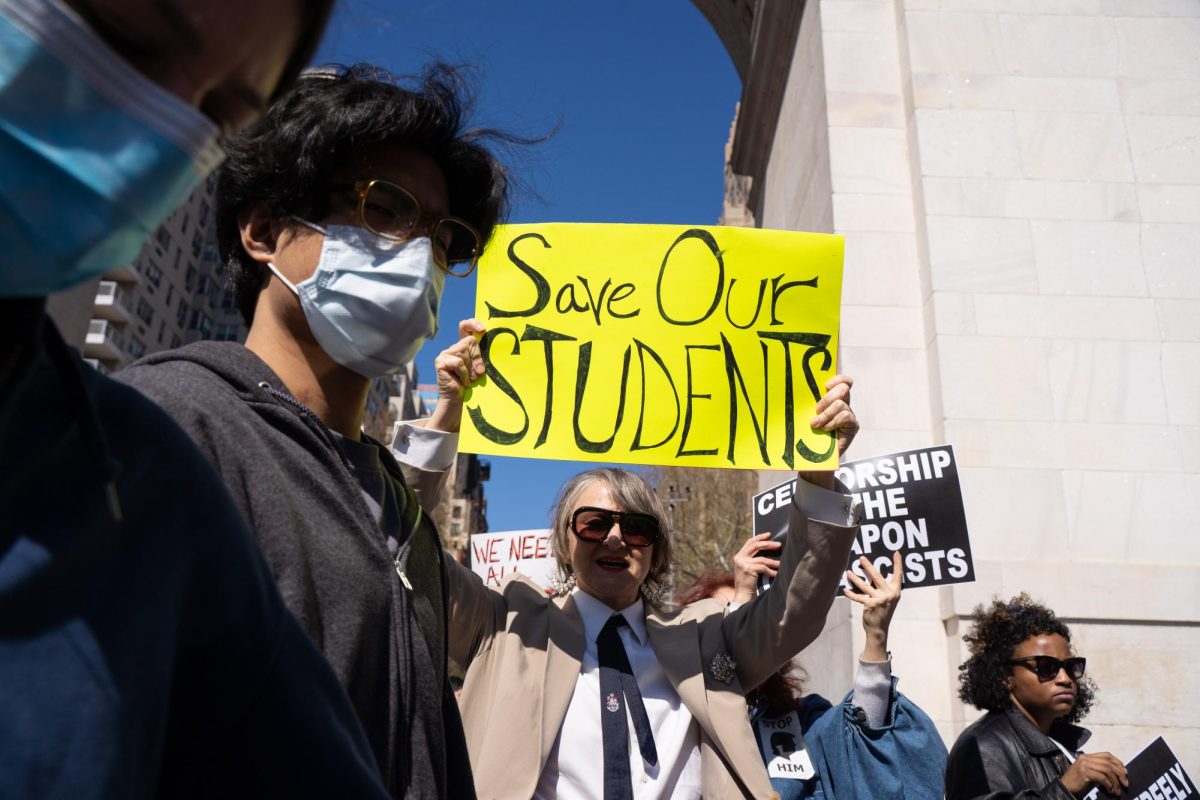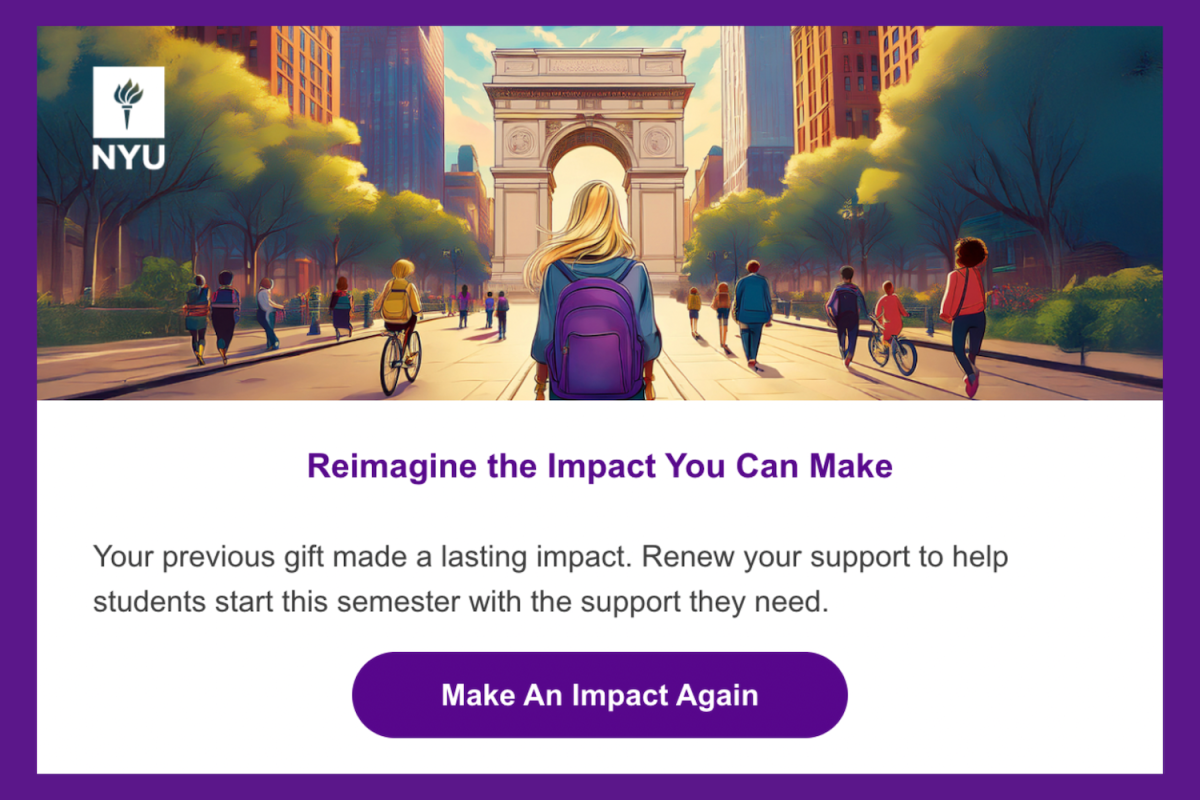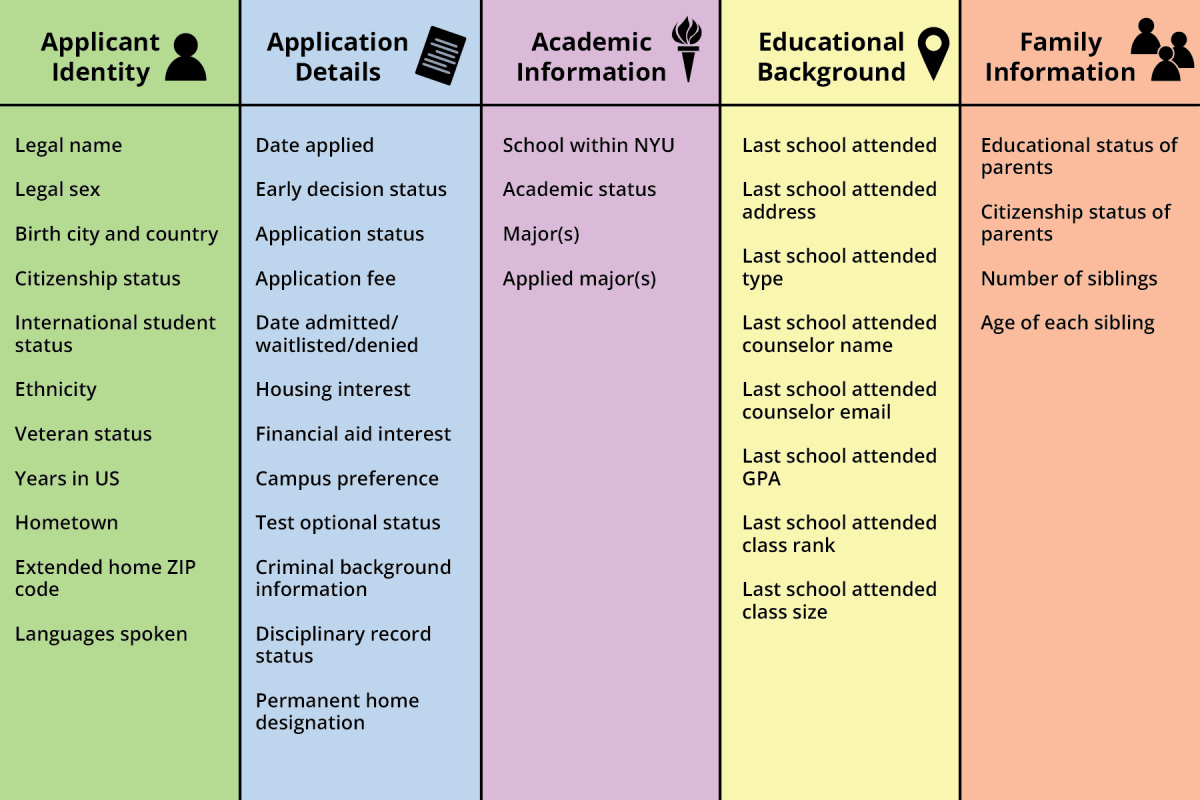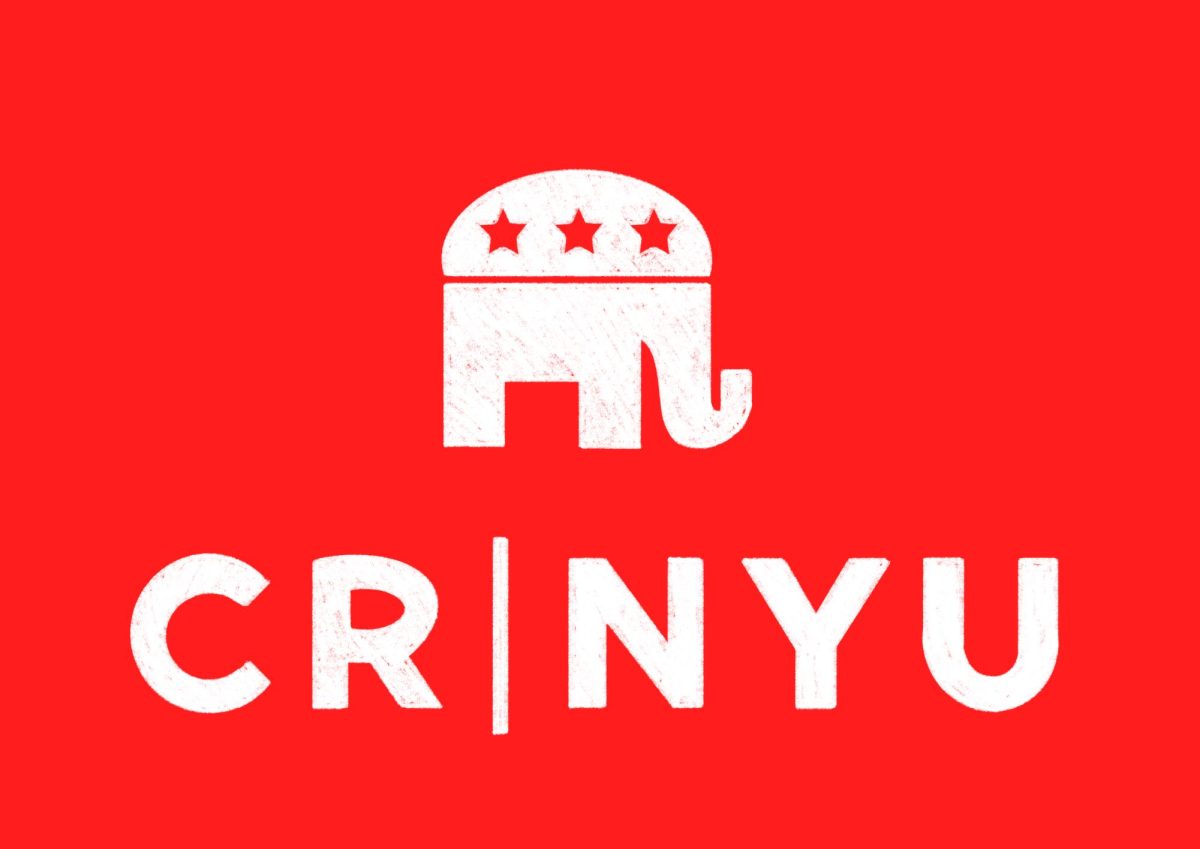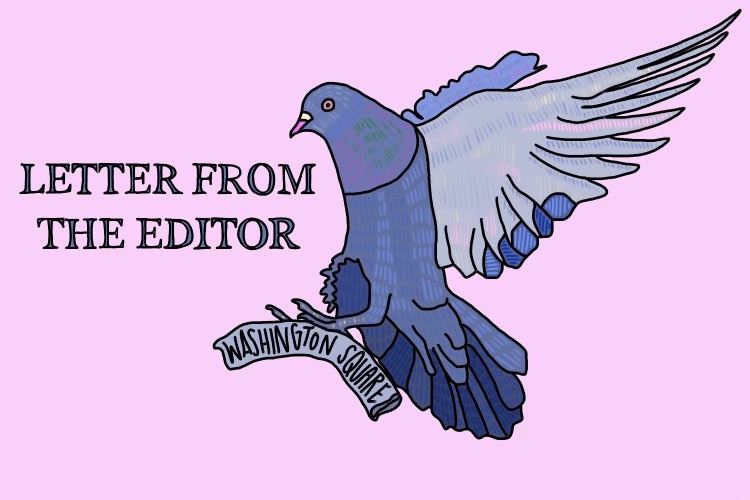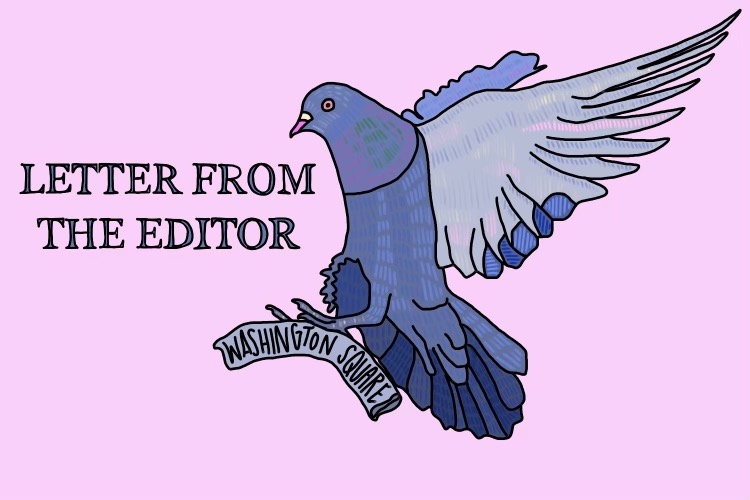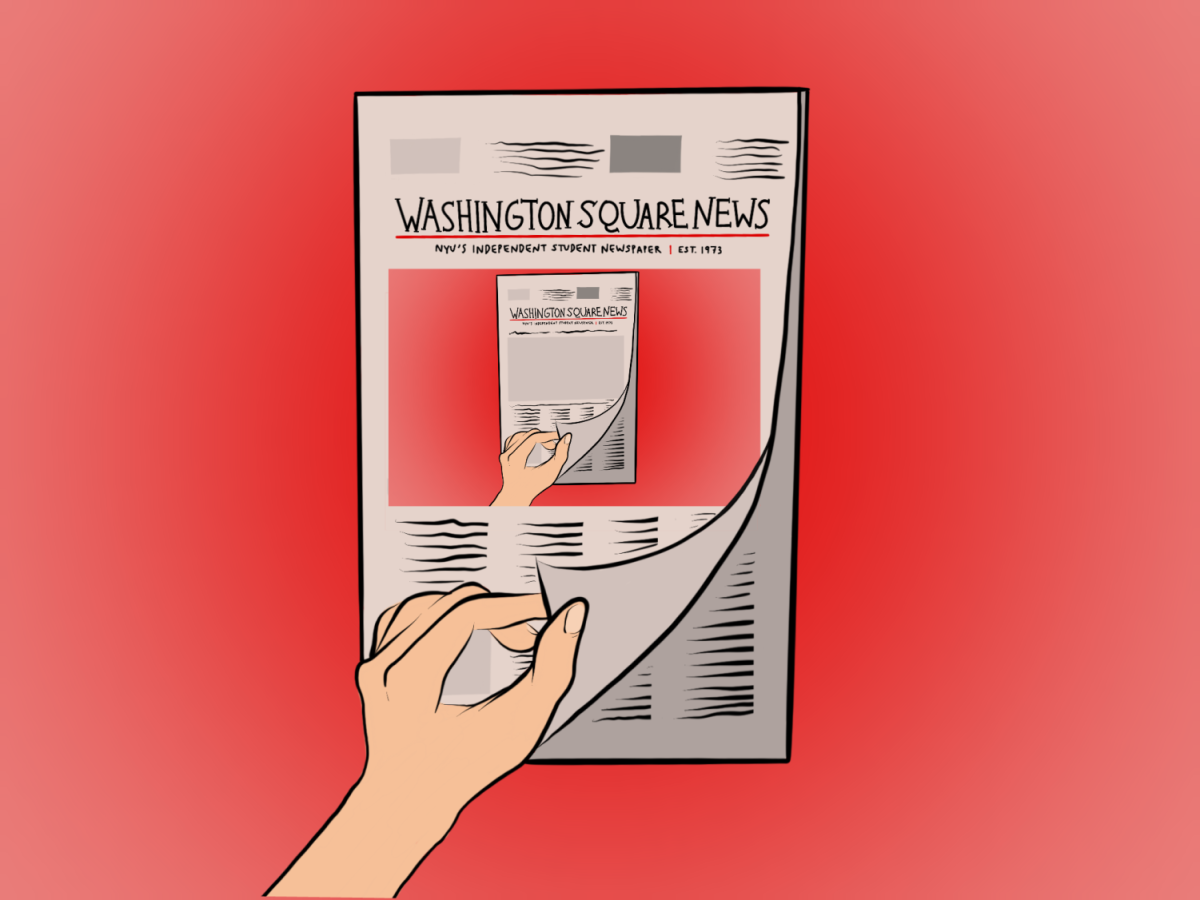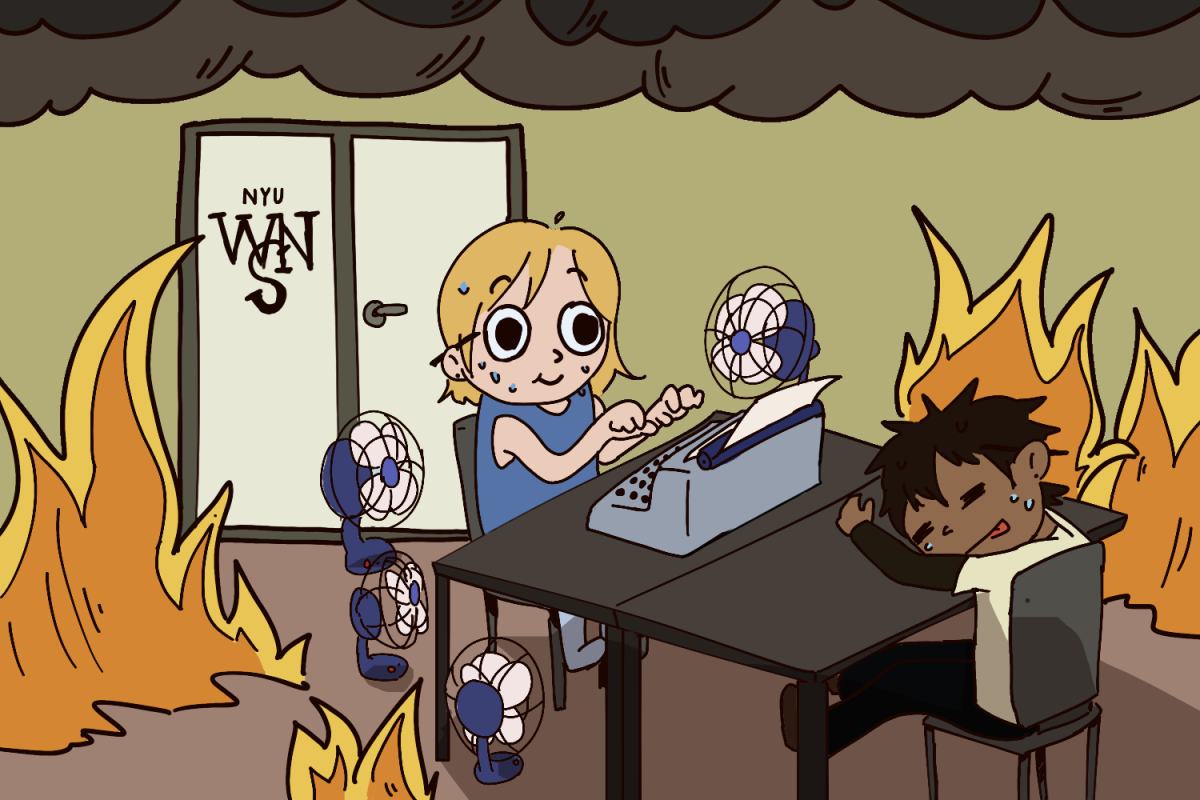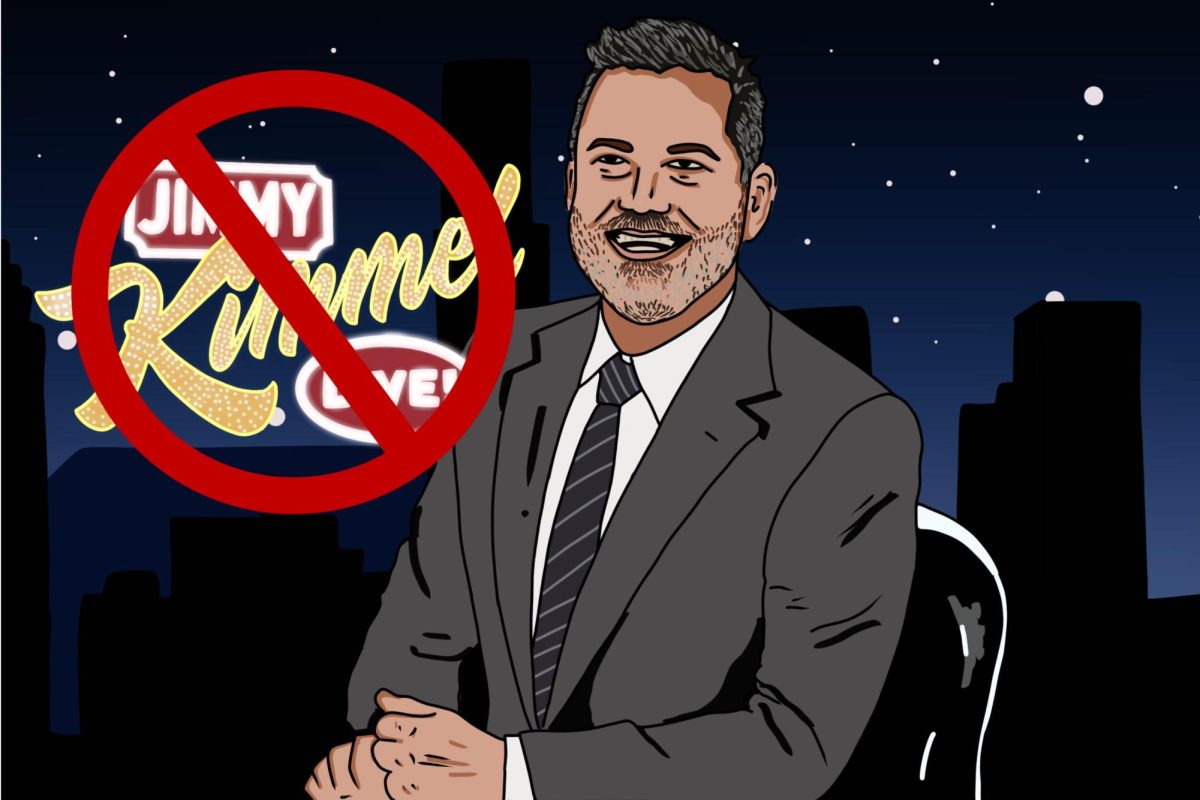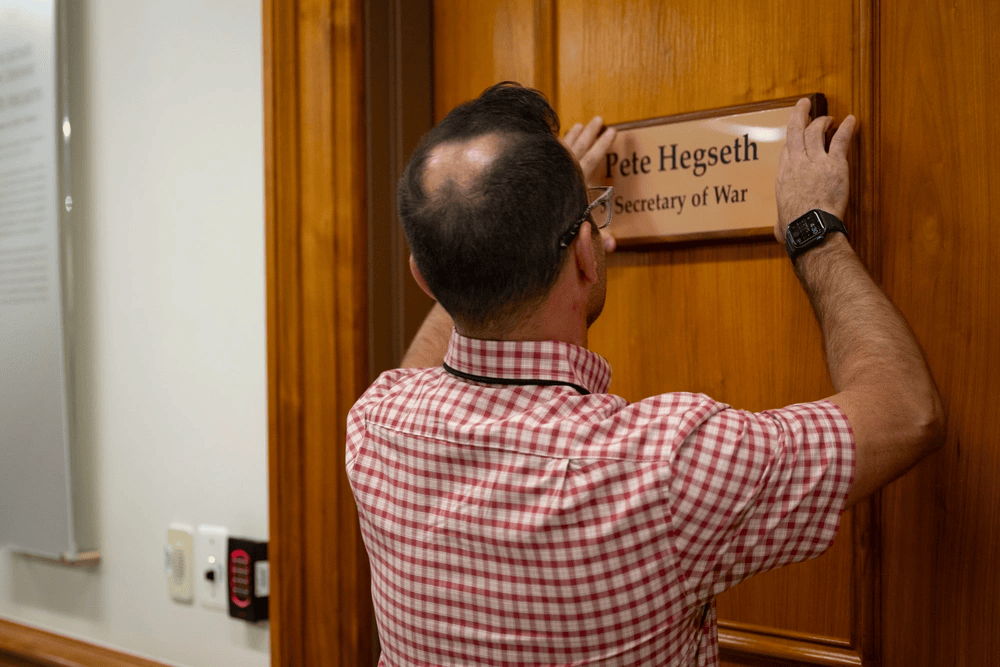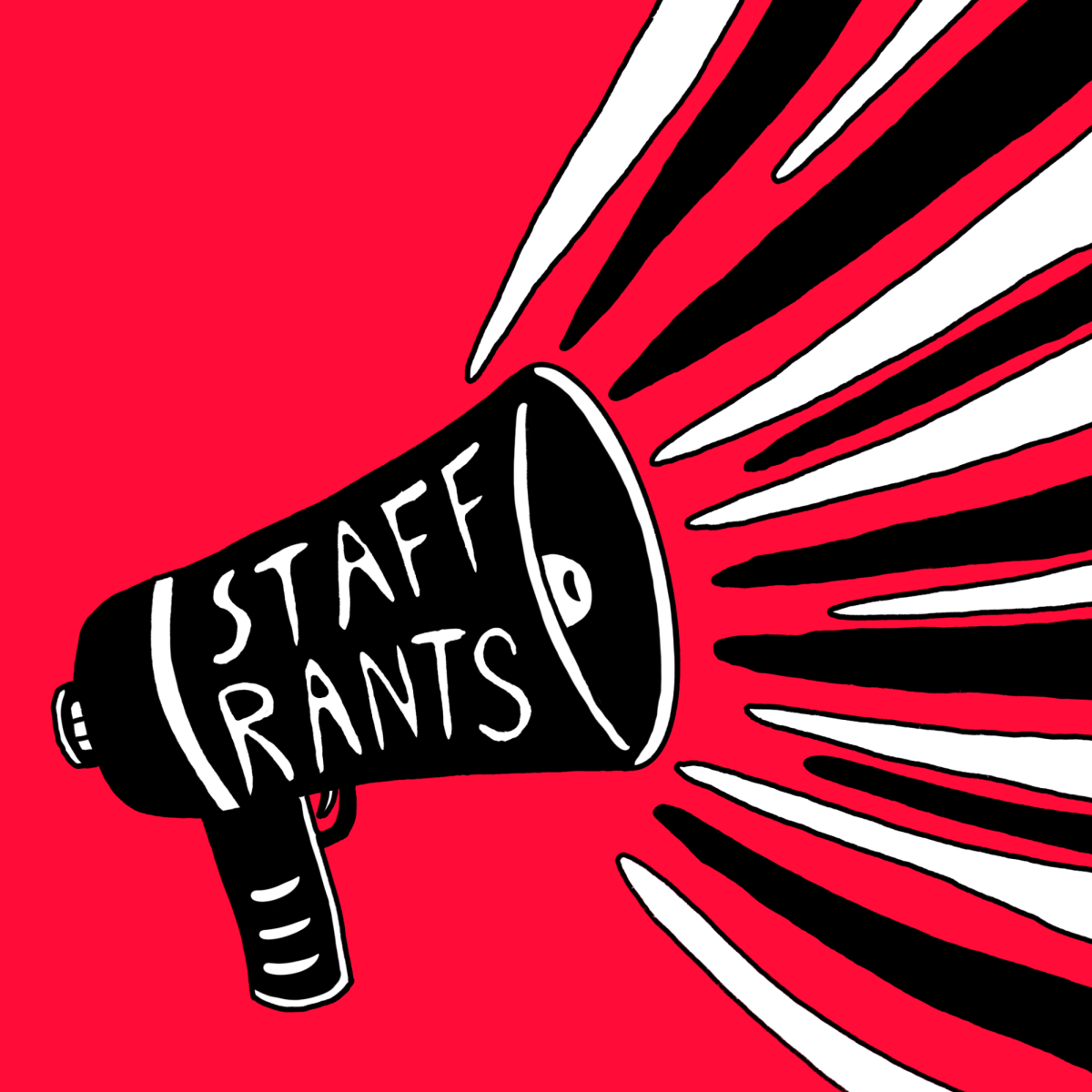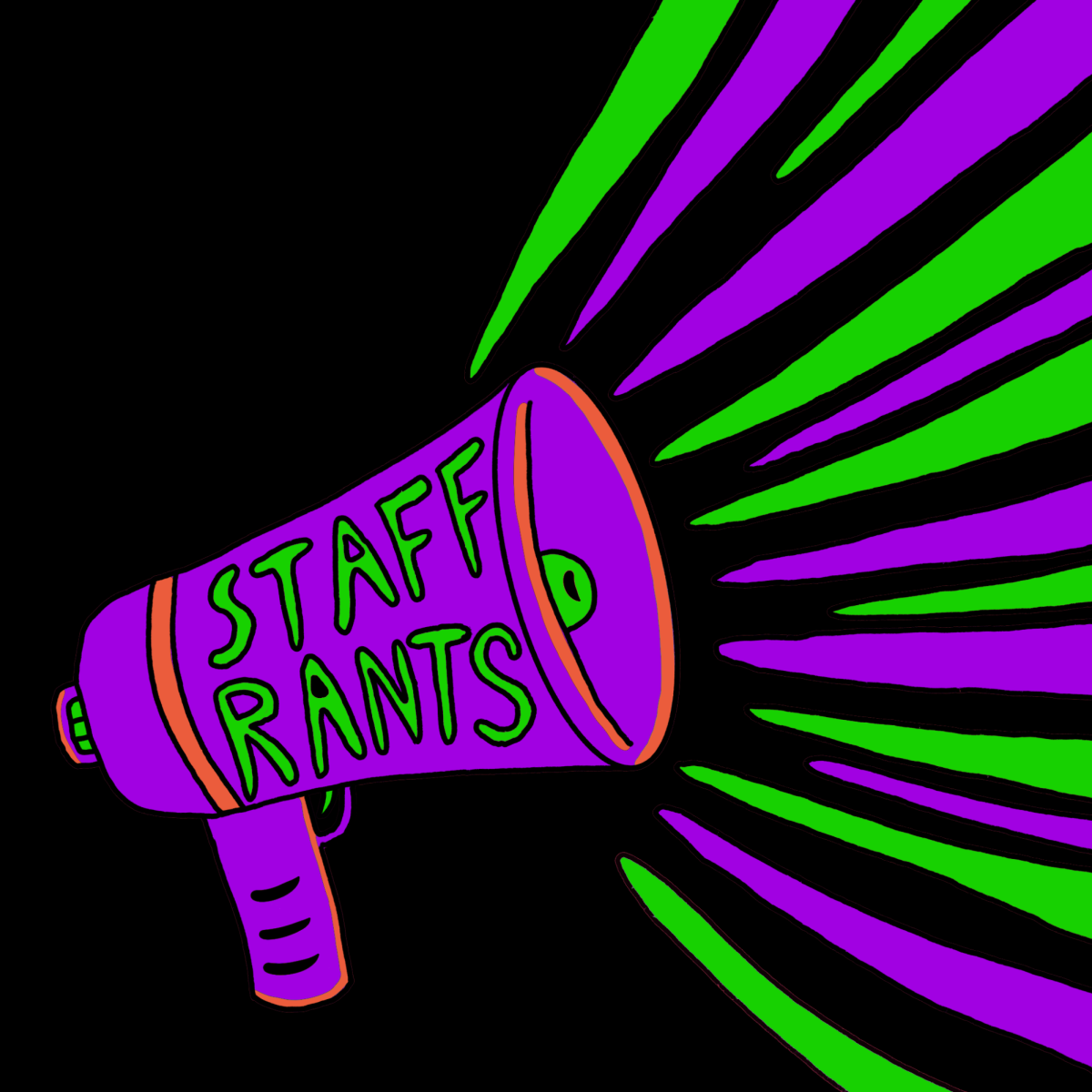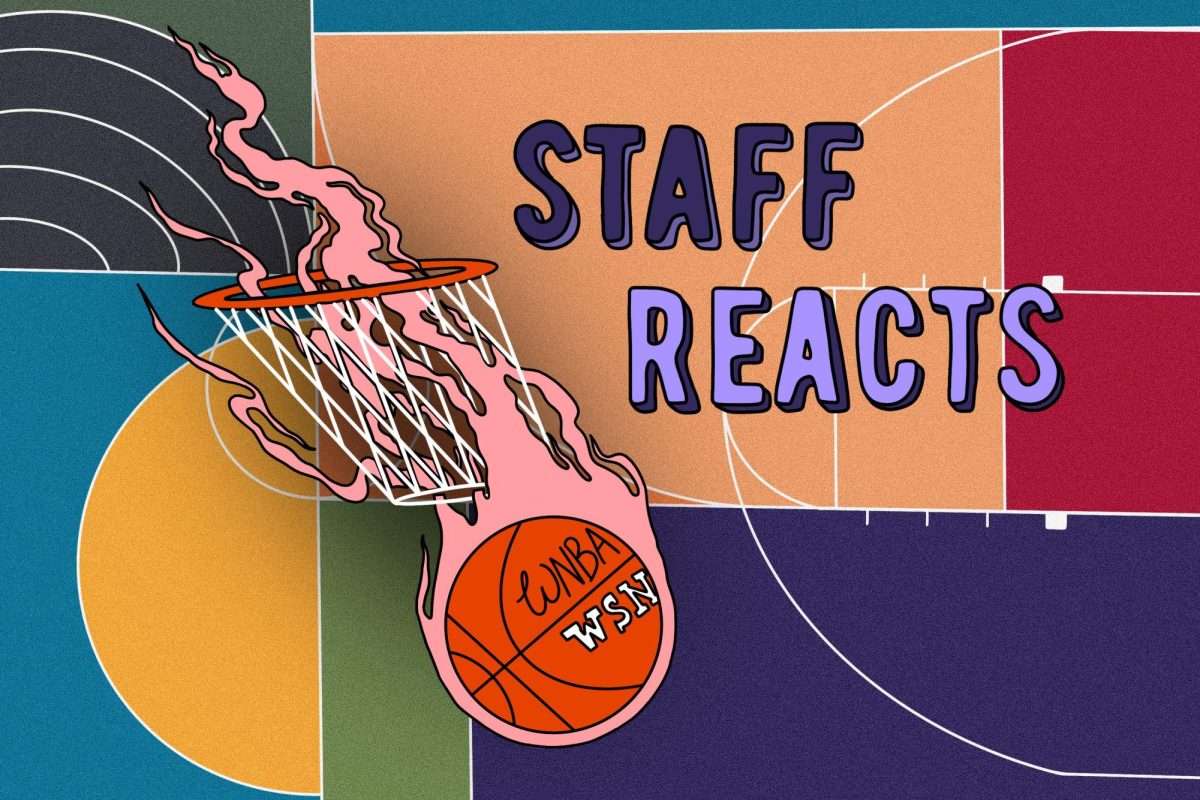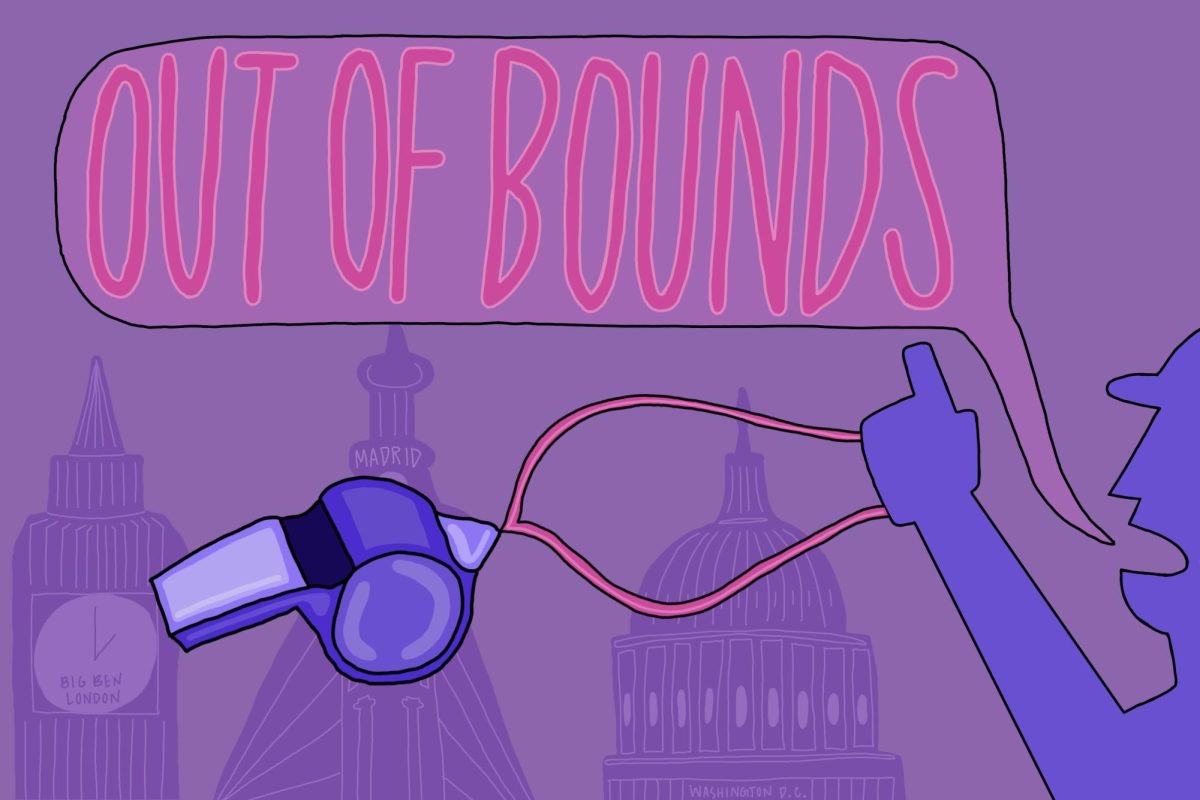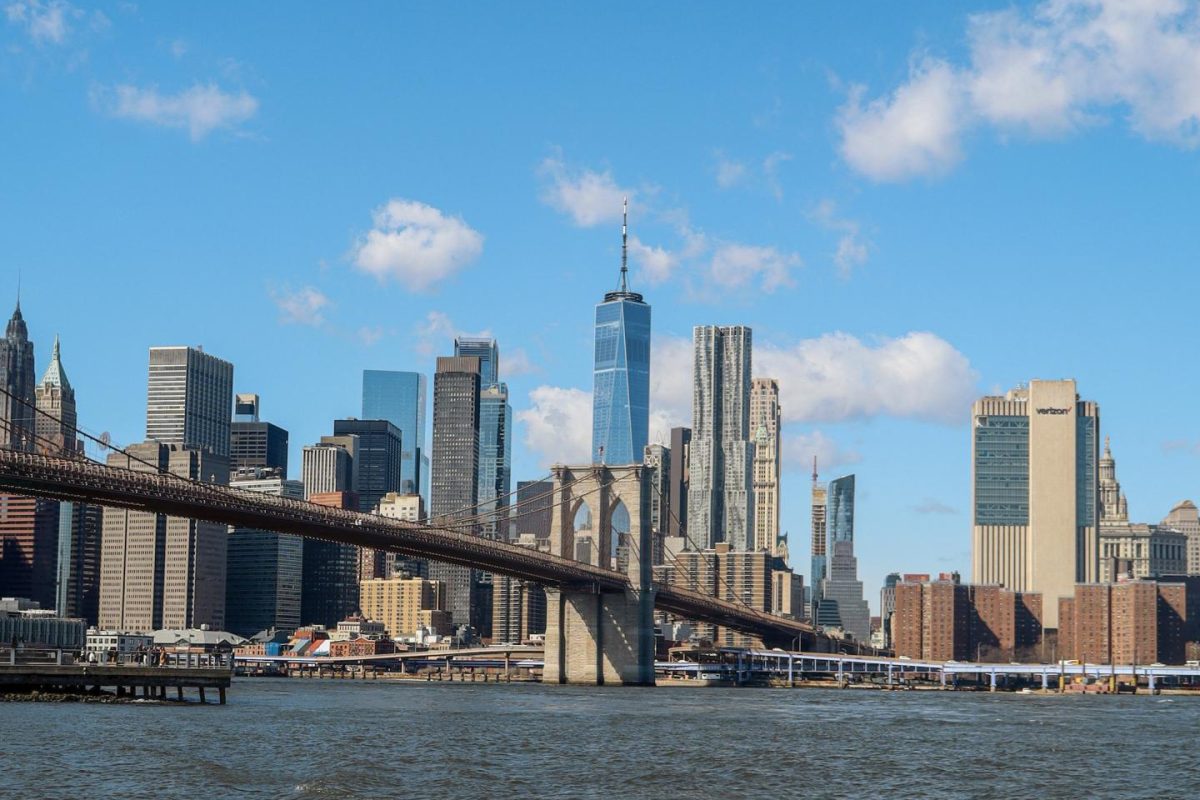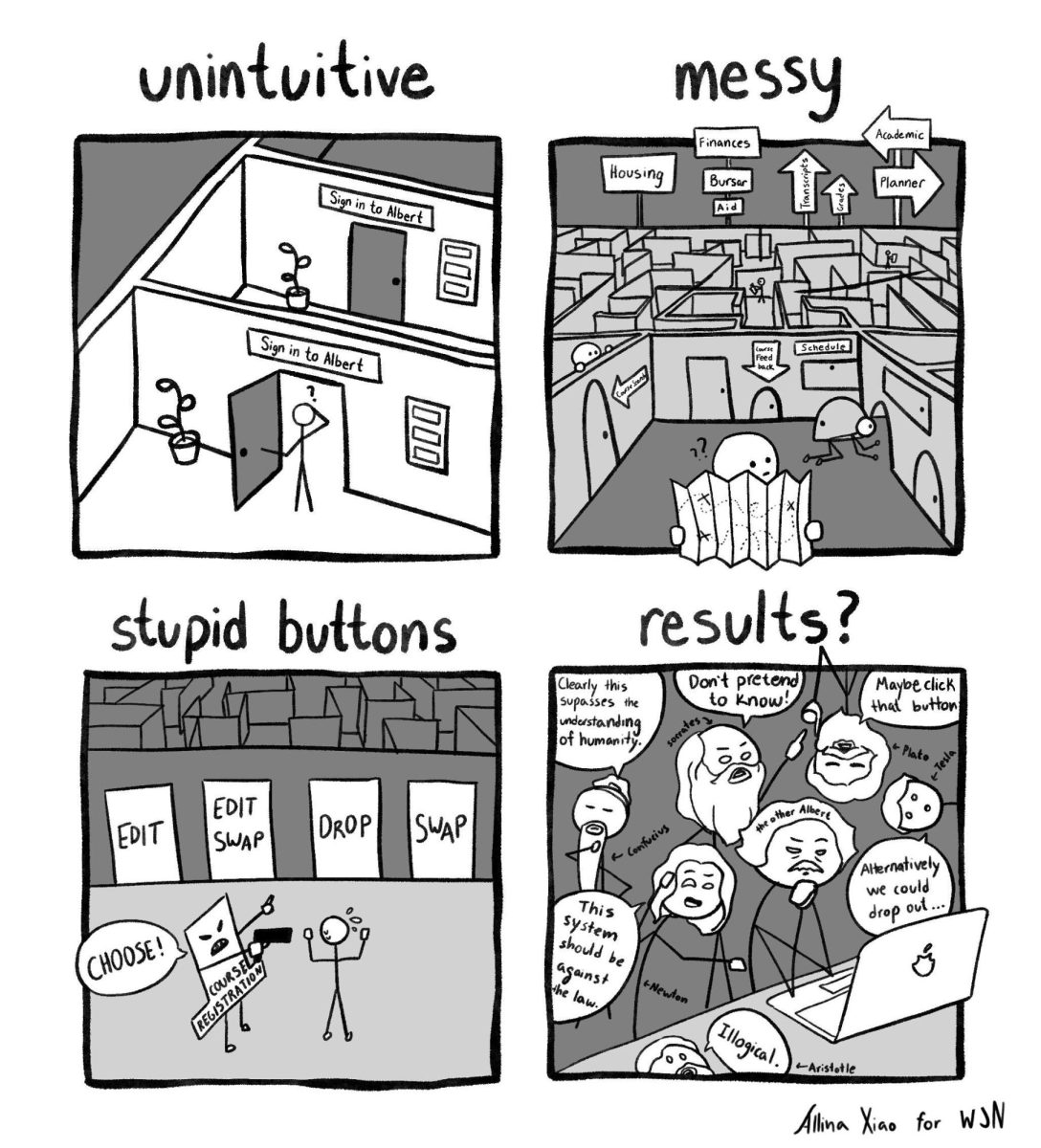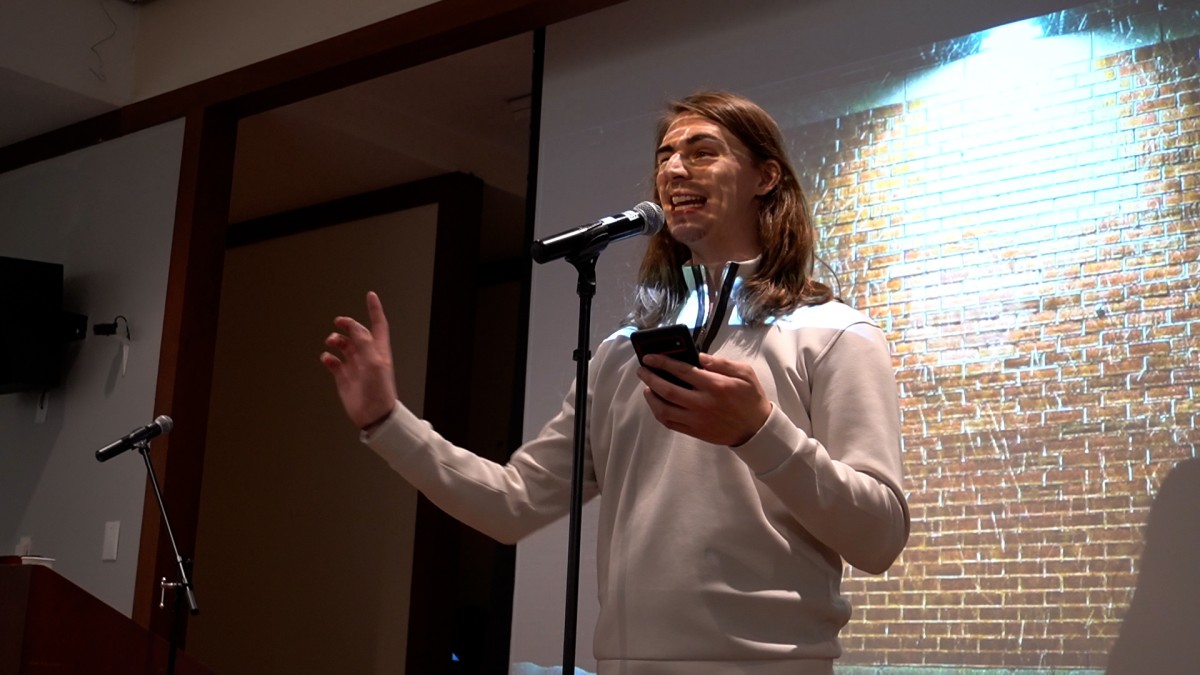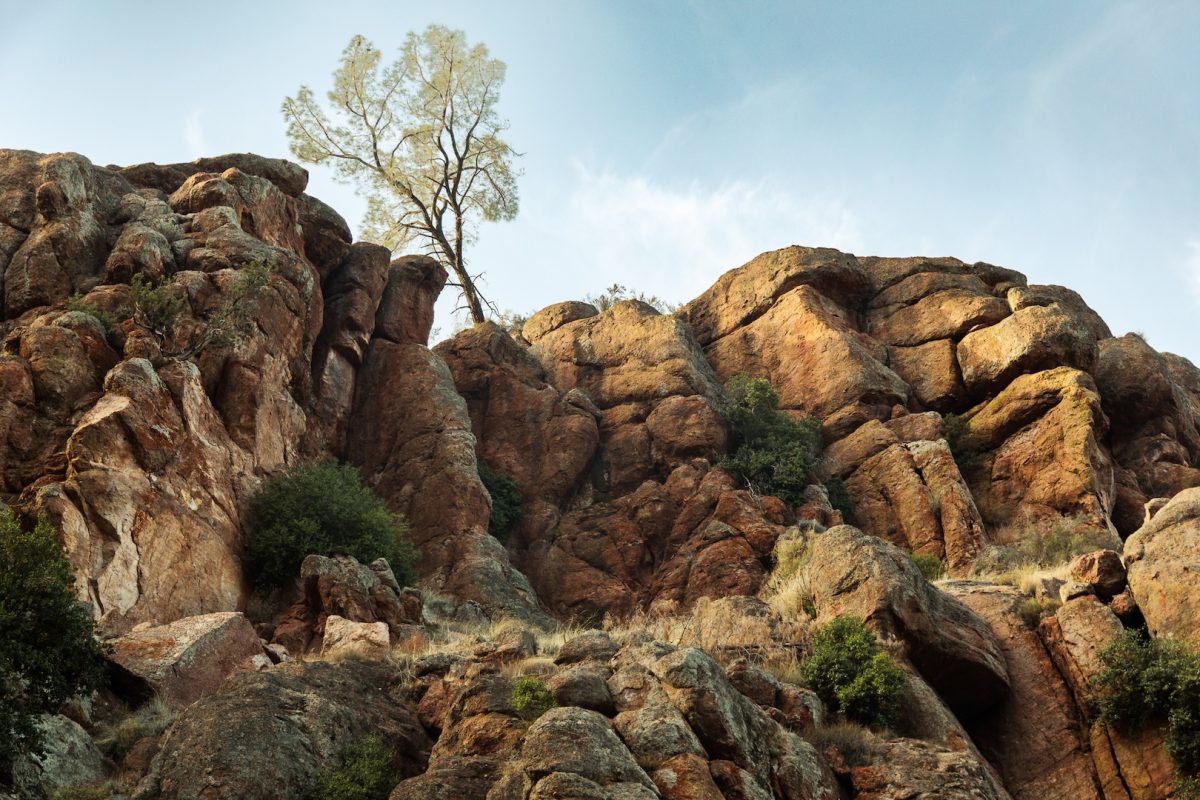At the beginning of his term, President Donald Trump issued an enormous amount of budget cuts, layoffs and buyouts to almost every major area of the federal government, including the National Park Service. Following these layoffs, retaliatory protests were organized at more than 140 national parks across the country, while people all over the internet expressed their displeasure with the defunding of these historic sites. However, amid all of the turmoil in our country and government, it seems the issue with the national parks has been placed on the backburner for many Americans who are locked in to the political sphere right now.
The defunding of the National Park Service, however, has not slowed down and has in fact worsened since the beginning of the year. With staffing and budget cuts, more and more areas and facilities within the parks are blocked off from public use, citing the recent federal cutbacks as the cause of these issues.
When the former director of the National Park Service Charles Sams stepped down in January, he claimed the Service needed a 15 to 25% increase in staff to effectively do its duties. The administration opted to reduce the staff by about 10%, or around 1000 staff, including permanent and probationary employees. This has resulted in ludicrously long lines to enter parks, a $12 billion maintenance deficit, periodic closings of parks and monuments and cancelled ranger tours.
With the slow removal of staffing and funding from the parks, it’s only a matter of time before they eventually fall into disrepair. With no funds and no staff to keep them running, more and more parts of the parks will continue to be shut off from the public. This is especially tragic given the clear appreciation for our national parks, evidenced by the over 300 million visits to national parks last year alone.
It’s possible that this is a part of the Trump administration’s goal to privatize as much federal land as possible. This was previously a concern in 2017 when Trump initially weighed the idea during his first term. However, the budget and appropriations of the National Parks Conservation Association found that attempting to privatize services would significantly raise the cost of visitation.
While the administration’s main goal in defunding national parks is to reduce government spending, the Center for American Progress speculates the government is trying to privatize federal land in order to quickly turn a profit and finance the sovereign wealth fund — a federally managed investment fund. By privatizing national parks, it would be possible to sell them off to private developers or homeowners in order to promote housing development. The Department of the Interior would also be able to act on their plan to utilize public lands for energy production and to mine the land for resources. This is a clear priority for the administration, with Trump himself infamously saying the phrase “drill, baby, drill” multiple times on his campaign for reelection in 2025.
Additionally, trying to remove protections for the national parks and continuing to defund their care will consequently reduce their attendance. This will lead to financial ramifications for nearby towns, where local tourism and the attention afforded by the national parks are their lifeblood. In 2023, it was found that national parks produced nearly $56 billion for the federal economy and incentivized over $26 billion in revenue for communities neighboring national parks. Not only do these parks serve as monuments to the natural beauty of the United States, but their mere existence and maintenance is a crucial economic engine.
While the privatization of these lands would be a loss for U.S. citizens and nature lovers everywhere, this move would also have extreme ramifications for our already precarious climate. It is a well known fact that climate change is accelerating at an alarming rate, and many countries are setting up measures to slow its progress. The Trump administration, however, has already removed several protections put in place by the Biden administration. Privatizing our national parks would be a further misstep, putting the preservation of our natural environment in the hands of businesspeople whose primary motivation is profit. Fees will be raised to cover costs and even more to turn a profit, especially when the administration’s top concern is to “restore American prosperity.”
By supporting and engaging in advocacy and protest groups like the Resistance Rangers, a coalition of former park service rangers “rallying to save public lands,” you can speak out against the federal government’s attempts to profit off our public land. The broad majority of voters on both sides support maintaining or increasing funding for national parks — if these same individuals wrote to their local representatives asking them to apply pressure on the Trump administration, it could tip the scales. The Resistance Rangers have created a toolkit for emailing said representatives, as well as a guide for organizing protests in support of the National Park Service. Trump’s commitment to running the government like a business might make him see the financial utility in supporting these natural theme parks, but this can only happen if people prove there’s a demand for the government to maintain national parks.
Even though Trump’s attacks on government services may seem like entirely too much to combat at times, we can fight back against these negative changes to our country. The national parks are a beautiful part of our nation that we should fight to protect, both for the future of our Earth and for the beauty that they bring to our lives.
WSN’s Opinion section strives to publish ideas worth discussing. The views presented in the Opinion section are solely the views of the writer.
Contact Piper Clark at [email protected].

